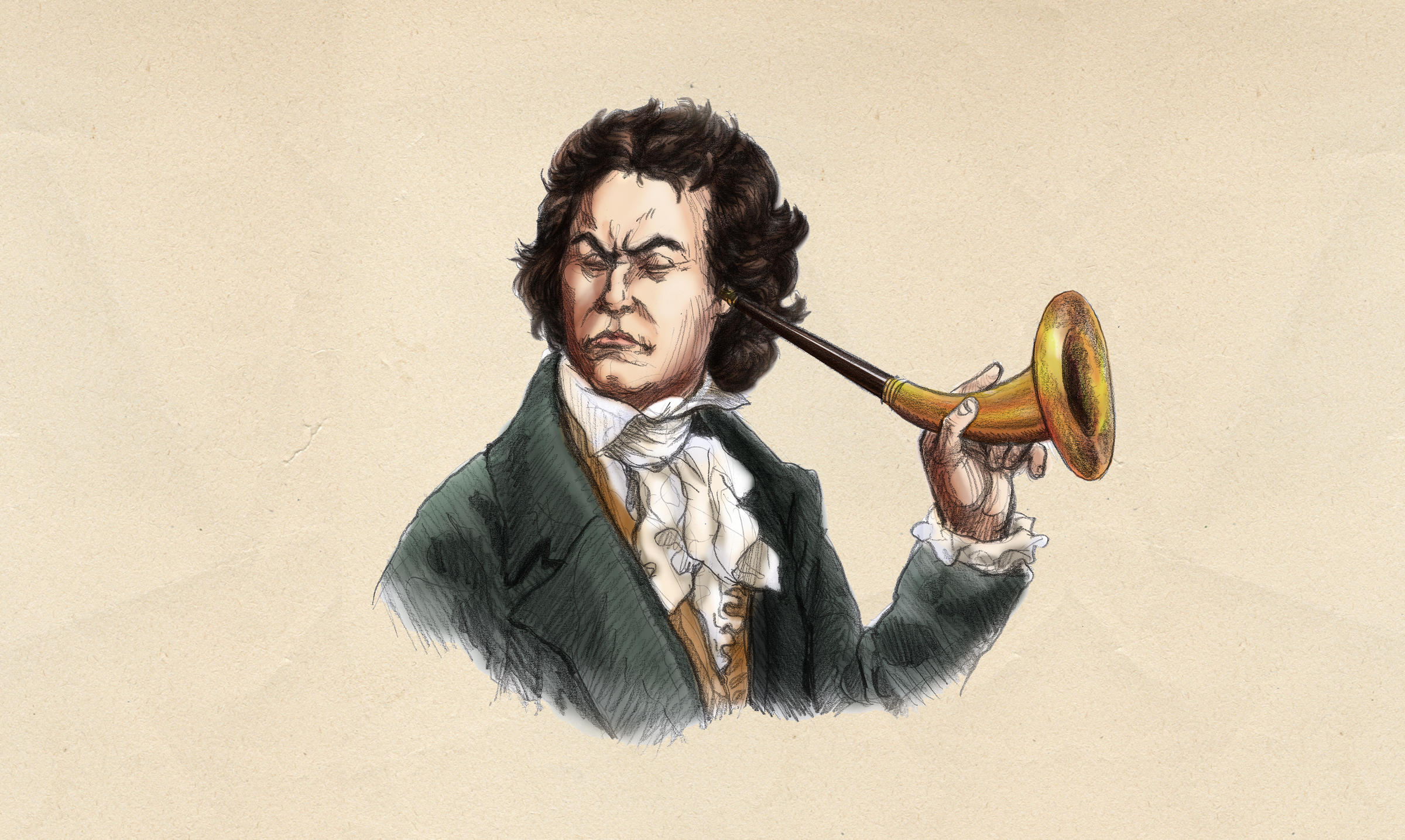Ludwig van Beethoven’s Piano Sonata No. 8 in C minor, Op. 13, commonly known as the Pathétique Sonata, is one of the most celebrated piano compositions in classical music history. Composed in 1798 and published in 1799, it stands as a pivotal work in Beethoven’s early period, showcasing his transition from the Classical to the Romantic era.
Background and Composition
Beethoven composed the Pathétique Sonata at the age of 27, during a time when he was beginning to establish his reputation as a virtuoso pianist and composer in Vienna. The sonata was dedicated to Prince Karl Lichnowsky, a prominent patron of Beethoven who supported his musical career.
The title Pathétique was not Beethoven’s own but was added by his publisher, who recognized the work’s deeply expressive and dramatic character. The piece is notable for its bold contrasts, emotional intensity, and structural innovation, which were groundbreaking at the time.
Structure and Musical Characteristics
The Pathétique Sonata consists of three movements:
- Grave – Allegro di molto e con brio
- The first movement begins with a slow, dramatic Grave introduction, followed by a fast and turbulent Allegro di molto e con brio. The movement is characterized by its powerful contrasts and intense emotional depth, reflecting Beethoven’s growing departure from classical conventions.
- Adagio cantabile
- The second movement is one of Beethoven’s most famous melodies. The lyrical Adagio cantabile presents a serene and expressive theme, offering a stark contrast to the dramatic intensity of the first movement. This movement has been widely admired for its beauty and has been adapted into various popular arrangements.
- Rondo: Allegro
- The final movement, a lively Rondo, returns to a more energetic and playful character while still maintaining the overall dramatic atmosphere of the sonata. It features fast passages, syncopations, and dynamic contrasts that showcase Beethoven’s virtuosity and innovative compositional techniques.
Legacy and Influence
The Pathétique Sonata was an immediate success upon its publication and has remained one of Beethoven’s most frequently performed and recorded works. It was one of the first sonatas to push the expressive and technical boundaries of the piano, paving the way for Beethoven’s later, more mature sonatas.
Many musicologists consider this sonata a precursor to Beethoven’s later revolutionary compositions, such as the Moonlight Sonata and the Appassionata Sonata. It has influenced generations of composers and remains a staple of the piano repertoire, beloved by both musicians and audiences alike.
Conclusion
Beethoven’s Pathétique Sonata is a landmark composition that bridges the Classical and Romantic periods. Its dramatic intensity, lyrical beauty, and structural innovation make it one of the most iconic piano sonatas ever written. More than two centuries after its creation, it continues to captivate listeners and inspire musicians around the world.


Comments are closed